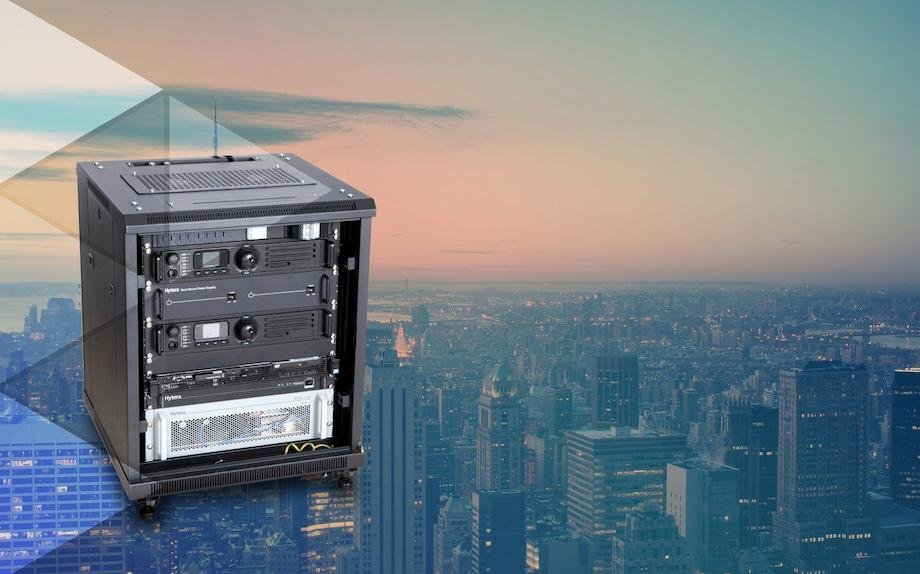All about Tier III DMR
When you migrate from analogue to digital, you’ll notice there are several tiers. It’s worth taking a little time to understand exactly what these tiers are, and which tier is most appropriate for your organisation and your people.

Digital Mobile Radio (DMR) is an open digital mobile radio standard – this means that, as it was defined by ETSI (The European Telecommunications Standards Institute), it is applicable all over the world. Commercial products have to comply to it, and users are not locked into proprietary solutions.
Therefore, it offers low levels of complexity, low levels of cost, and it means that users can switch brands easily.
DMR uses the two-slot TDMA in a 12.5 kHz channel – this means that, as opposed to analogue communication, you have two slots for communication instead of one. This time is essentially split up in milliseconds so that users don’t notice the time gaps, allowing a doubling of capacity.
The DRM standard differentiates between three different stages of functionality. These are the three tiers. Tier III is the latest technology, but let’s take a quick look at the first two tiers…
What are the first two tiers?
DMR Tier I is for licence-free use. In Europe, that’s across the Mhz band 446. This DMR standard is mainly for consumer applications, and is mainly for low power. DMR Tier II is licensed, and covers conventional radio systems operating through the bands 66 to 960 MHz.
The ETSI standard specifies two time slots (TDMA) in the 12.5 kHz channels. This makes DMR Tier II a natural technology upgrade for traditional Portable Mobile Radio (PMR) systems. As a replacement for analogue, it is clear that users get a significant upgrade – better radio coverage, clearer speech, integration with IT systems, data options… but more importantly, that doubling of capacity allowing for two channels, prioritisation, private communications and emergency comms.
What is Tier III?
DMR Tier III, as defined by ETSI, covers trunking operations across the frequency bands 66-960 MHz. The standard specifies two time slots in channels of 12.5 kHz, and is similar to TETRA in that it supports voice and short messaging functionalities across a wide range of formats. However, compared to TETRA, it doesn’t come with the high price tag.
As an upgrade from either analogue or Tier II, it is a true enhancement, and Tier III is suitable for some of the most complex operations around the world.
Hytera’s DMR Tier III solution, the DS-6211, represents a true upgrade path for MPT1327 customers.
Priority call levels, call pre-emption and call queuing are all possible; add to this advanced over-the-air programming, dynamic site light up and dynamic group allocation (amongst many others) and you have a feature set worthy of users that truly rely on their radio solution for day-to-day operations and in emergencies.
To learn more about this DMR Radio, contact your local Hytera re-seller.
4 April 2016

